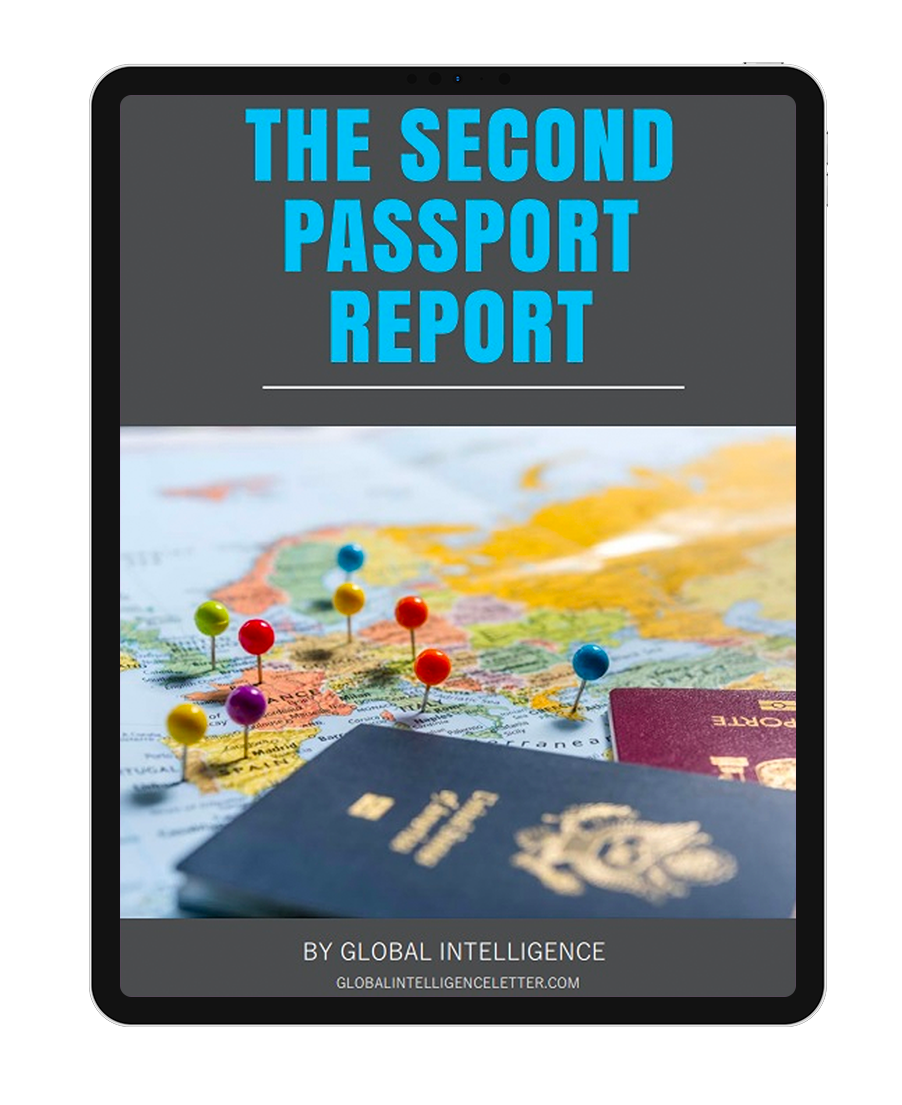Recently I’ve been researching the benefits of having a passport from one of the European Union member states. One issue that caught my attention was the relative stability of European banks vis-à-vis their U.S. counterparts… certainly a timely topic!
From a depositor’s perspective, European banks are safer than U.S. banks for a simple reason: they’re more aggressively regulated. EU banking rules require higher levels of liquidity and equity on the part of retail banks. That makes them less susceptible to the deposit-withdrawal bank runs we’ve seen in recent weeks in the U.S.
But what about the EU countries themselves? Nineteen out of the 27 EU member states use the euro. Since they don’t print their own currencies, their approach to public budgets and debt is very different from the U.S., where the Federal Reserve can effectively print as much money as it likes, allowing the federal government to run up trillions of dollars in deficits.
In the Maastricht Treaty of 1992 which established the EU, member states were forbidden from allowing public debt to rise above 60% of gross domestic product (GDP). Subsequent EU law obliges governments to keep budget deficits below 3% of GDP.
In practice, however, most EU member states have exceeded those numbers in the face of events like the 2009 financial crisis, the COVID pandemic, and the energy supply shock caused by Russia’s invasion of Ukraine. The national debt of countries like Italy and Greece regularly exceeds 150% of GDP. Even Germany, supposedly the bastion of fiscal rectitude in Europe, has run deficits as high as 80% of GDP. Overall, the EU had a debt-to-GDP ratio of 76% on the eve of COVID.
By contrast, U.S. public debt as a proportion of GDP is around 122% and projected to rise to 136% by 2028. That’s led to calls for a dramatic reduction in U.S. budget outlays… and a Republican Party threat to refuse to raise the debt limit if that doesn’t happen. How do the Europeans handle this issue?
One big difference is that whereas the Federal Reserve sets interest rates for the entire U.S. economy, including U.S. government debt, in the eurozone individual countries’ debt is priced by global bond markets. For example, during the global financial crisis of 2009, the interest rate on long-term Greek government bonds reached nearly 140%. Irish debt attracted a 23% premium, whilst Portuguese government bonds reached 20%.
Eventually, those rates were brought down by large-scale bond purchases of sovereign debt by the European Central Bank (ECB). That’s like what the Fed does in the U.S., where its purchases of Treasury bonds of various maturities keep interest rates below rates a free market would set.
But the politics of ECB intervention are more complicated in the eurozone than in the U.S. For example, when Greece was deep in fiscal crisis in 2009, German politics was roiled by debate over whether the ECB—dominated by German financial contributions—should bail out the Greeks. That international dimension creates a different set of pressures on national governments in how they manage their public debt.
The bottom line is that in Europe, countries that exceed their perceived long-term ability to service public debt face being punished by bond markets that they cannot control in the way that the Fed can in the U.S. They can’t rely on the ECB to bail them out the way the U.S. federal government can with the Fed. They have ceded their monetary sovereignty to a larger group of nations.
Instead, global financial markets effectively dictate how much public debt most eurozone countries can accumulate by trading its sovereign debt. If debts get too high, markets sell national bonds, causing their interest rates to rise, leading to fiscal crises. That’s a vastly different scenario to the U.S., where public debt is a matter of pure political choice since the U.S. prints the global reserve currency and can simply create more of it as and when needed.
The challenge facing the U.S., of course, is that if it keeps doing this, eventually global markets may lose faith in the dollar, leading to devaluation. That could have catastrophic effects on the U.S. economy and on the lives of everyone who lives there.
By contrast, most individual EU member states are confronted by the reality of discipline from global financial markets. That may offend nationalists in those countries, but it makes it far less likely that public debt will remain permanently out of control.
For my money—and I choose that term deliberately—that makes the prospect of obtaining residence and potentially a passport of one of the EU countries, including those that struggle with debt like Greece, an enticing prospect!
 Ted Baumann is International Living’s Chief Global Diversification Expert. He’s traveled to nearly 90 countries and is a dual citizen of the United States and South Africa. Ted has been published in international research journals, as well as in media outlets such as Barrons, Forbes, and Cheddar. Learn more about Ted Baumann here.
Ted Baumann is International Living’s Chief Global Diversification Expert. He’s traveled to nearly 90 countries and is a dual citizen of the United States and South Africa. Ted has been published in international research journals, as well as in media outlets such as Barrons, Forbes, and Cheddar. Learn more about Ted Baumann here.

How to Get a Second Passport: The World’s Most Valuable Document Right Now
Learn more about the best ways to boost your income and protect your wealth in our daily e-letter Field Notes with Jeff Opdyke.
• Valuable second passport—U.S. passport not affected
• The 21 passports you could be entitled to right now (including 11 European passports)
• A useful key to unlock closed and locked down travel borders
Claim your FREE report + video to learn more
Related Articles
U.S. Tax Is Bizarre, Here’s Why
Second Passports Aren’t Just For The Rich
Upcoming Conferences
The Only 2024 Fast Track Panama Conference
If your dream retirement involves stunning beaches… lush green mountains… a warm climate with no hurricanes… first-rate healthcare… incredible value for money (a couple can live well on $2,200 a month)… and the World’s #1 Retiree Discount Program…
Join our Panama experts and expats in February and discover why Panama could be your perfect paradise.



.png)